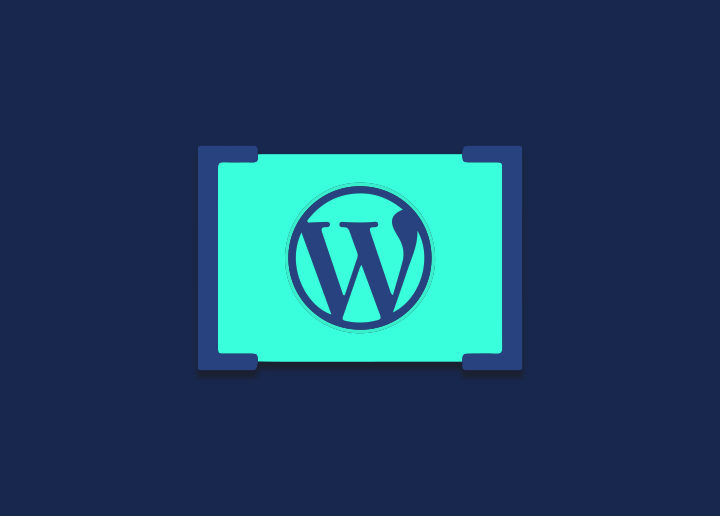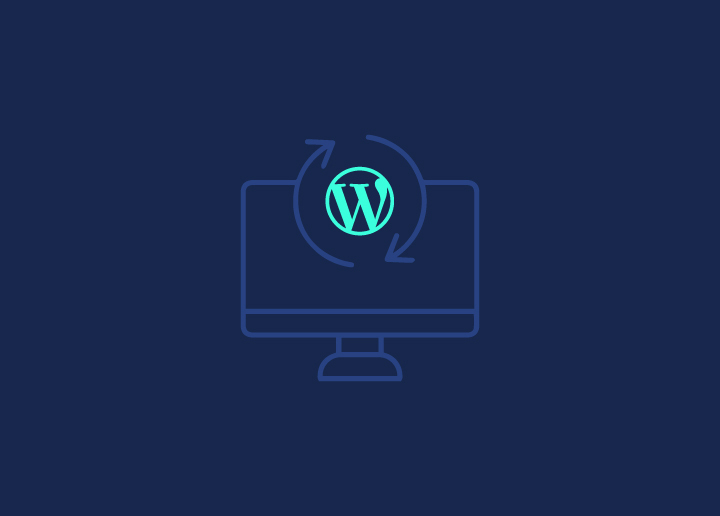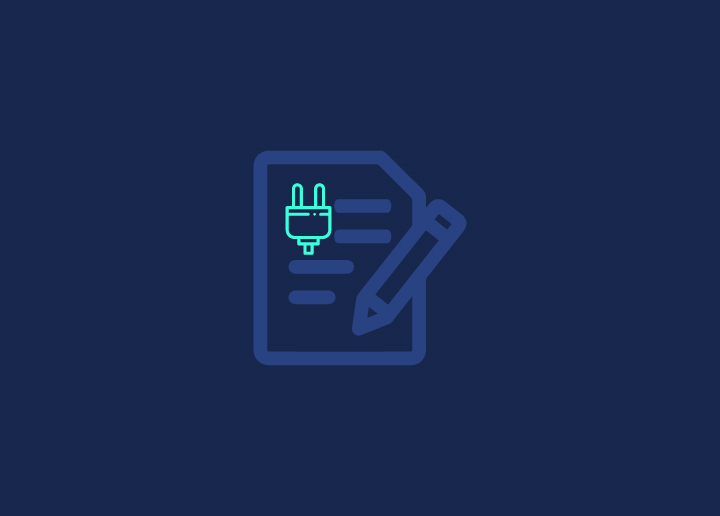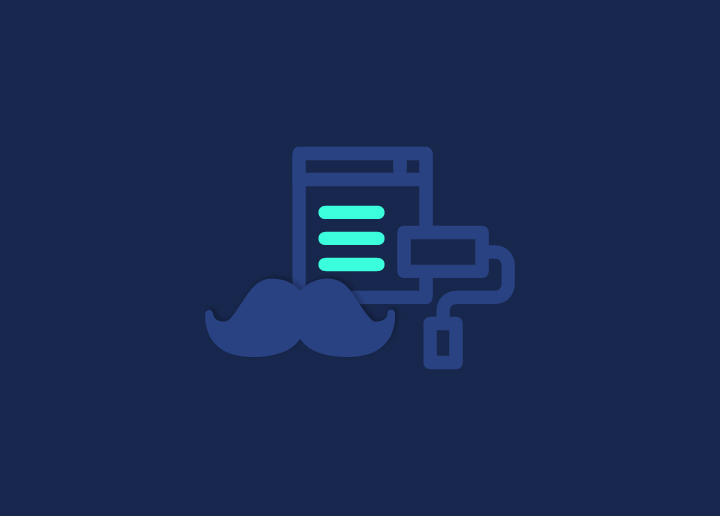The Shortcode is a type of API having a set of methods for producing shortcodes for usage in posts and pages in WordPress. For example, in the body of a post or page, the following shortcode would add a picture gallery of images related to that post or page in the body of a post or page.
The API allows plugin authors to construct unique types of content (such as forms and content generators) that users may connect to specific pages by inserting a shortcode into the page text.
The API takes care of all the tough parsing, so you don’t have to write a new regular expression for each shortcode. For establishing and retrieving default characteristics, there are helper methods supplied. The API supports both self-closing and enclosing shortcodes.
Shortcodes do away with the need for lengthy scripts. With their assistance, you can easily create dynamic content even with little to no programming abilities.
They’re pretty popular among WordPress developers since they aid enormously with automating content and design production. Shortcodes are what Macros are to data analysts, and Keyboard Shortcuts are to expert graphic designers for WordPress developers.
Overview
A handler function is used to create shortcodes. Shortcode handlers work similarly to WordPress filters in that they receive input (attributes) and output a result (the shortcode output).
All letters and digits should be used in shortcode names; however, numbers and underscores should also function. Use hyphens (dashes) sparingly; it’s preferable to avoid them altogether.
To register a shortcode handler, use the add shortcode method. It requires two parameters: the name of the shortcode (the string that appears in the post body) and the callback function’s name.
The shortcode callback function receives three parameters. You can use any combination of them, including none at all.
$atts – an associative array of attributes or null if no attributes are specified.
$content is the material that is encapsulated (if the shortcode is used in its enclosing form)
$tag is a shortcode tag that can be used to call shared callback functions.
How to Use Shortcodes in WordPress
Using shortcodes in WordPress is a simple procedure. It is dependent on where you want to place them on your website. See the documentation. Learn about the qualities it promotes, so you can obtain what you’re looking for
Types of Shortcodes
There are two types of shortcodes:
Self-Closing Shortcodes
There is no need for a closing tag on them. The gallery shortcode, for example, does not require a closing tag. With various qualities, we add all it needs.
Enclosing Shortcodes
A closing tag is required for them. The text between the opening and closing tags is often manipulated using enclosing shortcodes.
Using Shortcodes in the Header and Footer of WordPress
Pages, articles, and widgets are the most common uses for WordPress shortcodes. On the other hand, shortcodes are simple to use and may be placed anywhere on your site.
You want to include a call-to-action button in your footer or before the comments area in all of your posts. The callback method does shortcode() comes in helpful here.
This will display the shortcode in the exact location as you entered it.
You must use square brackets between the quote marks to echo the shortcode. It isn’t enough to just include its name.
Final Thoughts
We hope you have found some clear understanding of Shortcodes in WordPress by now. Do not forget to reach out to us in case of further queries. Also, to know related blogs & articles on WordPress best practices, troubleshooting techniques, and other tricks on our blog page.
However, we at Seahawk Media provide the best of all the services to meet your end-to-end WordPress needs. Contact us or check our blog page for more insights.




















